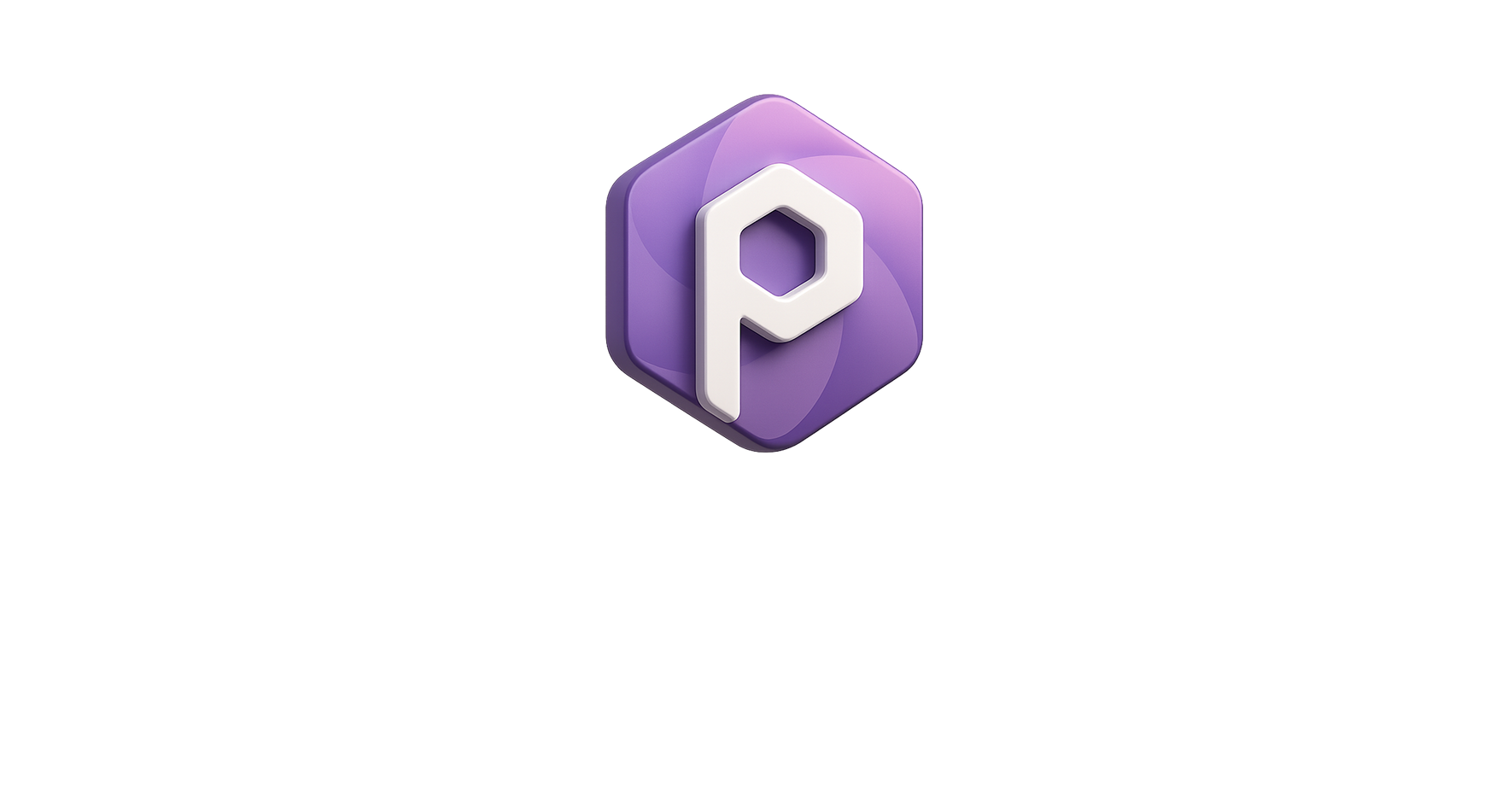Why Digital Procurement Is No Longer Optional
Introduction
In today’s fast-paced business environment, digital transformation is no longer a luxury—it’s a necessity. Procurement, a vital function in any organization, is no exception. With the rise of digital tools and technologies, procurement processes have evolved significantly. Companies that once relied on manual processes and spreadsheets are now embracing digital procurement solutions that offer streamlined workflows, greater visibility, and improved supplier engagement. This article explores why digital procurement is no longer optional for modern businesses and how it can lead to substantial improvements in procurement efficiency and cost savings.
1. The Shift from Traditional to Digital Procurement 📈
Traditional procurement methods have long been the backbone of supply chain operations, but they come with inherent inefficiencies. Relying on manual processes, phone calls, emails, and spreadsheets to manage supplier relationships, contracts, and purchases can result in delays, errors, and missed opportunities.
Digital procurement, on the other hand, leverages technology to automate and optimize these processes, reducing the likelihood of errors and speeding up decision-making. Procurement platforms now provide a central hub for managing everything from supplier selection to contract management, ensuring that businesses can easily track and manage their spending, improve compliance, and ensure supplier performance.
2. The Benefits of Digital Procurement for Businesses 🌍
Efficiency Gains – One of the biggest advantages of digital procurement is the efficiency it brings. By automating routine tasks such as sourcing, bidding, and invoicing, digital tools free up valuable time for procurement teams to focus on strategic activities. This leads to faster decision-making and reduces administrative overhead.
Cost Savings – Digital procurement platforms allow businesses to track spending in real time, identify savings opportunities, and negotiate better deals with suppliers. Automated systems also reduce human error, which can lead to costly mistakes and missed discounts. Many businesses that adopt digital procurement strategies report savings of 10-20% on average.
Transparency and Visibility – In traditional procurement, lack of visibility into supplier performance and spending can lead to inefficiencies and missed opportunities. Digital procurement solutions provide real-time analytics and dashboards that allow businesses to gain full transparency into their procurement activities, making it easier to manage supplier relationships and negotiate better terms.
Improved Supplier Relationships – Digital tools help foster better communication and collaboration with suppliers. By using online platforms to manage orders, track delivery times, and facilitate payments, businesses can create more structured, reliable, and transparent relationships with their suppliers.
3. How Digital Procurement Enhances Collaboration 💬
Collaboration between procurement teams and suppliers is essential for ensuring the smooth functioning of supply chains. Digital procurement tools facilitate this by creating a shared platform where all parties can easily access and update information. Whether it’s contract terms, delivery schedules, or performance metrics, having a digital hub for communication ensures that all stakeholders are on the same page.
Additionally, digital platforms allow for easy collaboration across different teams and departments within an organization. Procurement teams can work more closely with finance, logistics, and legal departments to ensure that purchasing decisions align with company goals and policies.
4. The Role of AI and Automation in Digital Procurement 🤖
AI and automation are playing a crucial role in revolutionizing procurement. By analyzing vast amounts of data, AI can help identify trends, predict pricing, and optimize supplier selection. Automation streamlines tasks such as order processing, invoice approval, and supplier performance monitoring, significantly reducing manual intervention.
For example, procurement platforms like ProcurPal integrate AI and machine learning algorithms to optimize procurement workflows, helping businesses make smarter decisions, predict future needs, and improve supplier negotiations. Over time, the use of AI-powered tools can lead to more efficient procurement strategies, better decision-making, and significant cost savings.
5. Overcoming the Challenges of Digital Procurement ⚠️
While the advantages of digital procurement are clear, businesses may face some challenges when adopting digital tools. One common issue is resistance to change, especially in organizations that have relied on traditional procurement methods for years. Employees may be hesitant to embrace new technology or may feel that the learning curve is too steep.
Another challenge is ensuring that digital procurement tools integrate seamlessly with existing systems and processes. Some businesses may have legacy systems that are incompatible with new software, leading to data silos and inefficiencies. However, with the right training, support, and strategic planning, these challenges can be overcome.
6. The Future of Digital Procurement 🚀
The future of procurement is undeniably digital. As technology continues to advance, procurement teams will have access to even more powerful tools for managing supply chains, analyzing data, and making smarter decisions. In particular, emerging technologies like blockchain, AI, and robotic process automation (RPA) are expected to play a significant role in further transforming procurement processes.
By embracing digital procurement, businesses can future-proof their operations, ensuring that they remain agile, cost-effective, and competitive in a rapidly evolving marketplace.
Final Thoughts
Digital procurement is no longer just an option for businesses—it’s an essential strategy for success. With benefits like increased efficiency, cost savings, and improved supplier relationships, companies that have yet to adopt digital tools risk falling behind their competitors. As the world becomes increasingly digital, businesses that leverage technology to streamline procurement processes will be better positioned to thrive in the modern supply chain landscape.




Leave a Reply